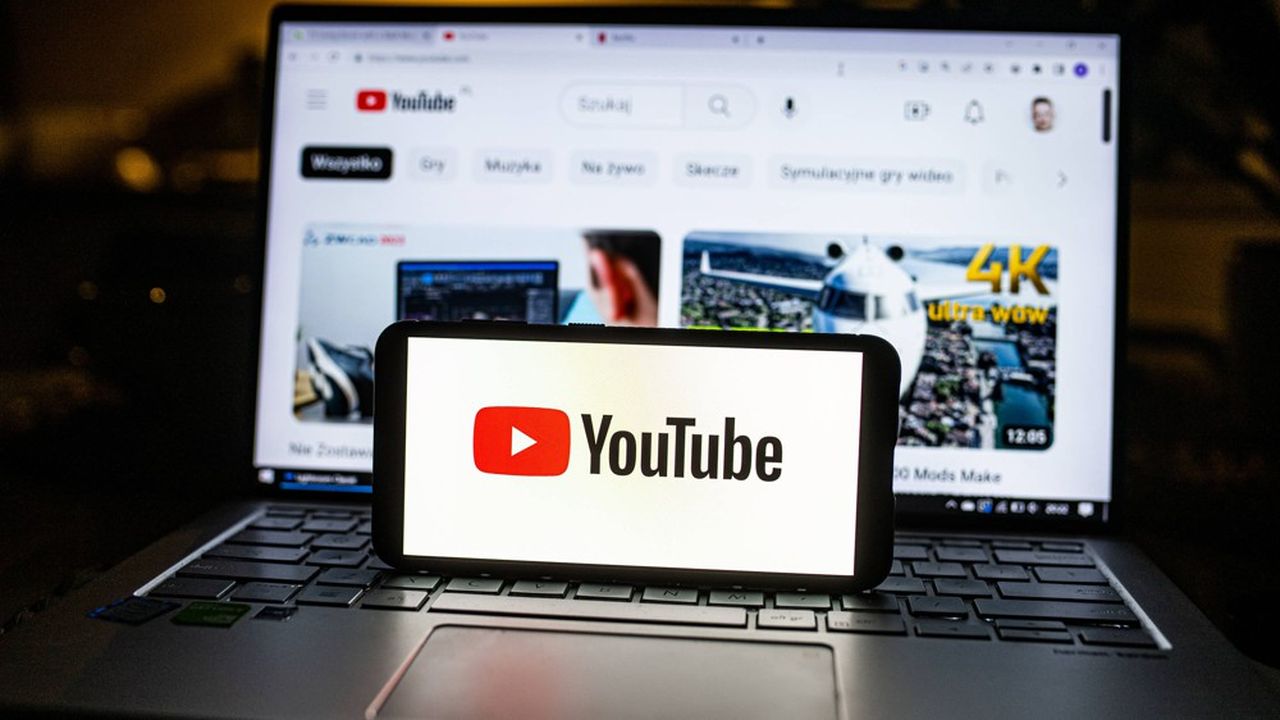In the vast digital landscape of social media, YouTube stands out as a unique platform, where not only videos but also viewer interactions contribute significantly to the overall experience. Among these interactions, comments play a pivotal role in shaping viewer opinions and influencing public discourse. YouTube comments are not merely an afterthought; they can ignite conversations, foster communities, and sway individual perspectives. This phenomenon highlights the profound power of words and their ability to affect our perceptions, beliefs, and decisions in the context of online content consumption. The comment section serves as a virtual forum where viewers express their thoughts, feelings, and interpretations of the video content. As individuals engage with videos, they often turn to the comments for context, validation, and camaraderie. This behavior reflects the human instinct to seek approval and connection, especially in a digital environment where personal relationships may be fleeting or superficial. When a viewer sees a comment that resonates with their own opinion, it can reinforce their stance and validate their feelings, creating a sense of belonging.

Conversely, comments that challenge a viewer’s beliefs can provoke critical thinking and reconsideration, prompting viewers to explore different perspectives. The viral nature of YouTube further amplifies the impact of comments. In a platform where content can rapidly gain traction, trending comments can significantly influence viewer sentiment. A single comment can become a rallying cry, drawing attention and support, thereby shaping the narrative surrounding a video. This phenomenon is particularly evident in politically charged content or controversial topics, where the comment section can transform into a battleground for opposing viewpoints. In such cases, comments not only reflect prevailing opinions but also create a feedback loop where the most popular sentiments rise to the surface, shaping the views of those who may not have previously held strong opinions on the matter. Moreover, the tone and language used in comments can further amplify their impact. Positive, encouraging comments can create a supportive environment that fosters discussion and engagement, while negative or toxic comments can lead to polarization and hostility.
The emotional weight of words can evoke strong reactions, influencing how viewers perceive the content creator and the message being conveyed. For instance, a creator known for their positivity may receive overwhelming support, leading to a loyal community, while those facing harsh criticism may find their messages drowned out by negativity. The phenomenon of comment culture on youvues also speaks to the broader implications of social media on public discourse. As viewers increasingly turn to platforms like YouTube for news and information, the comment sections can shape perceptions of credibility and trustworthiness. A well-reasoned comment can lend legitimacy to a video, while a barrage of negative comments can discredit the source. This underscores the importance of media literacy, as viewers must navigate the comment sections with a critical eye, distinguishing between constructive criticism and mere noise. Ultimately, the power of words in YouTube comments illustrates the intricate relationship between audience interaction and content consumption. Comments can create a sense of community, influence individual opinions, and even sway the broader narrative surrounding a topic.